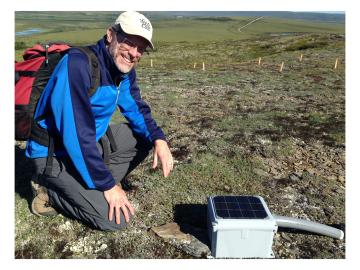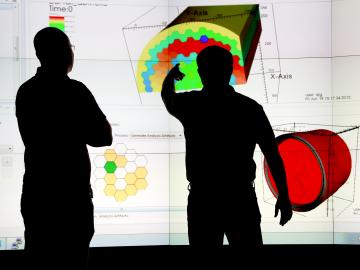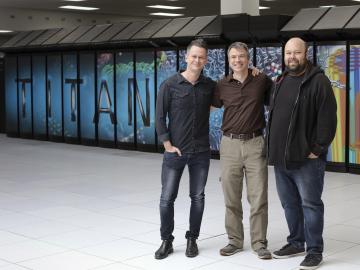Filter News
Area of Research
- Advanced Manufacturing (1)
- Biological Systems (6)
- Clean Energy (44)
- Climate and Environmental Systems (2)
- Computational Biology (2)
- Computer Science (1)
- Energy Sciences (2)
- Fossil Energy (1)
- Materials (35)
- Neutron Science (17)
- Nuclear Science and Technology (7)
- Renewable Energy (1)
- Supercomputing (29)
- Transportation Systems (3)
News Type
Date
Media Contacts
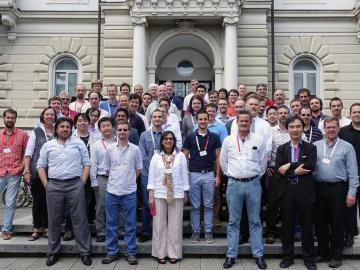
Leaders in hybrid accelerated high-performance computing (HPC) in the United States (U.S.), Japan, and Switzerland have signed a memorandum of understanding (MOU) establishing an international institute dedicated to common goals
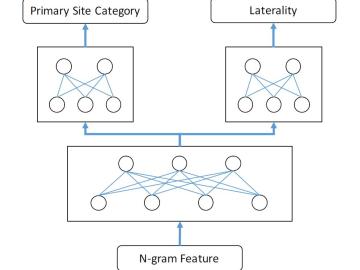
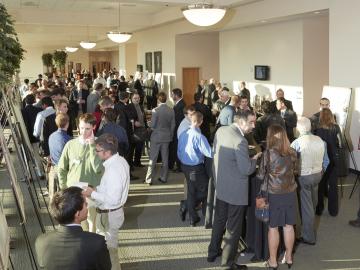
Renewed interest in molten salt technology was evident at a recent gathering of advanced nuclear reactor experts at the US Department of Energy’s (DOE’s) Oak Ridge National Laboratory (ORNL). Nearly 200 attendees from national labs, industry, utilities, reactor design firms,...
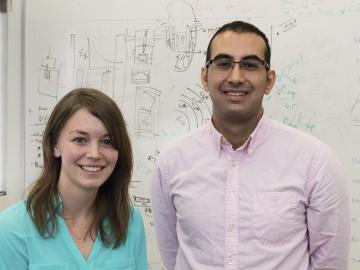
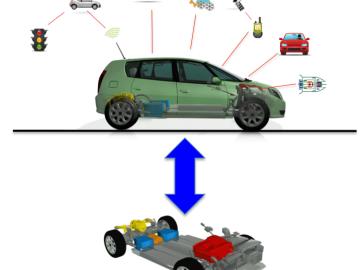
Oak Ridge National Laboratory has been awarded $3.36 million from the U.S. Department of Energy’s Advanced Research Projects Agency-Energy (ARPA-E) to develop novel control technologies for connected and automated vehicles with the goal of achieving a 20 percent improvement in vehicle energy efficiency.
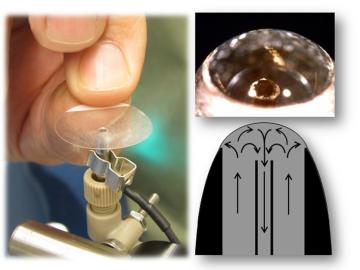
Researchers at the Department of Energy’s Oak Ridge National Laboratory have received seven R&D 100 Awards in recognition of their significant advancements in science and technology. The honorees were recognized on Nov. 3 at the 54th annual R&D 100 Conference, ...

Researchers at the Department of Energy’s Oak Ridge National Laboratory have demonstrated that permanent magnets produced by additive manufacturing can outperform bonded magnets made using traditional techniques while conserving critical materials. Scientists fabric...
